
Interactive Art
-
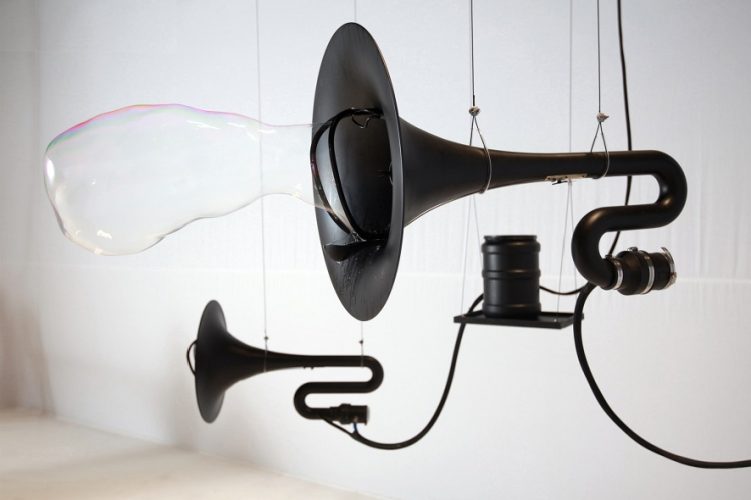
Black Hole Horizon: Sounds into Soap Bubbles
Thom Kubli’s work “Black Hole Horizon” turns sounds into three-dimensional objects. Big black horns emit deep tones that form soap bubbles. The work can be seen live at the 2016 Ars Electronica Festival. We recently had a chance to chat with the artist about his work.
-
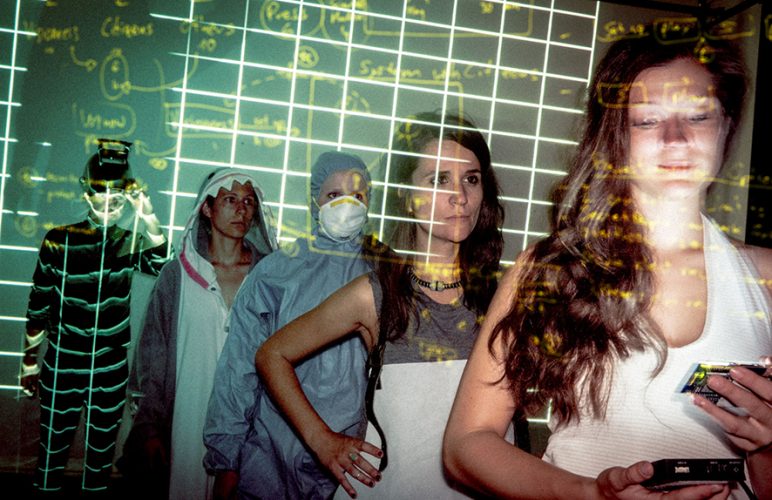
A Playful Design for A Future Society: The Conduit
“The Conduit” is part performance, part interactive installation that investigates social engagement and the consequences of speculative technological and political frameworks. Participants will negotiate an 8 bit simulation of the future and its effects on our everyday social interactions. The Society for Cultural Optimism has developed a framework for the creation of a future society,…
-
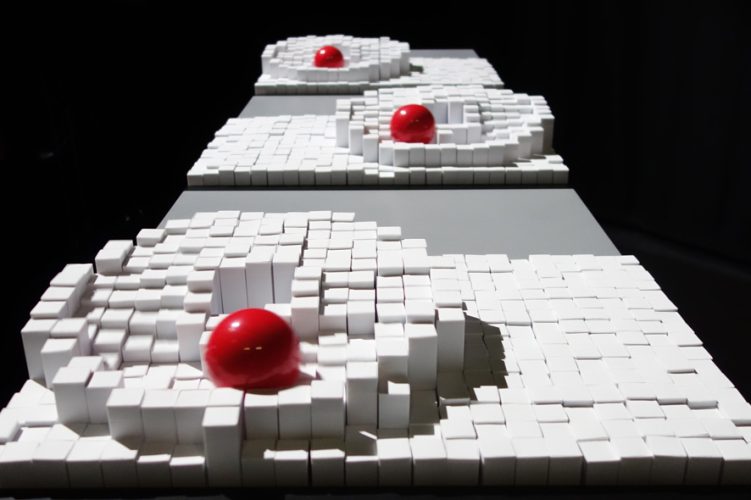
RADICAL ATOMS: When Visions Become Tangible
Prof. Hiroshi Ishii is the director of the MIT Media Lab’s Tangible Media Group. His team’s mission is to envision new forms of human-machine interaction and to enable us to experience and grasp the ideas of tomorrow today. His vision of RADICAL ATOMS also inspired this year’s Ars Electronica Festival theme.
-
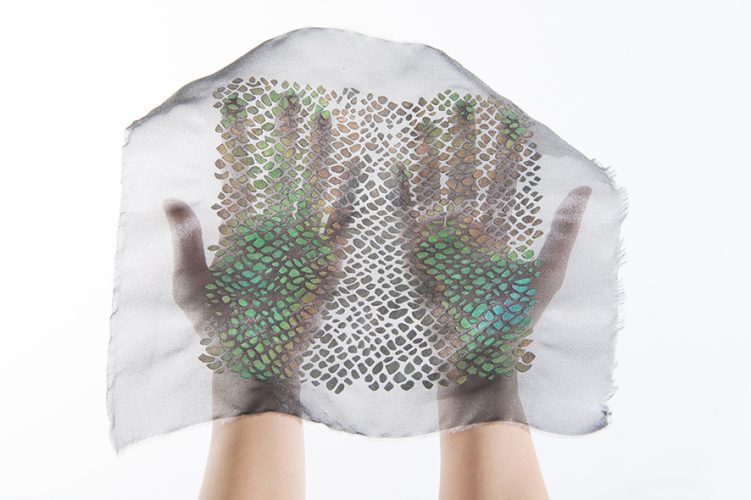
STARTS Prize to “Artificial Skins and Bones”
The Artificial Skins and Bones project seminar conducted by Prof. Mika Satomi and Prof. Wolf Jeschonnek is one of this year’s two recipients of a STARTS Prize awarded by the European Commission. Here’s a briefing on the Berlin Weißensee School of Art and work being done there.
-
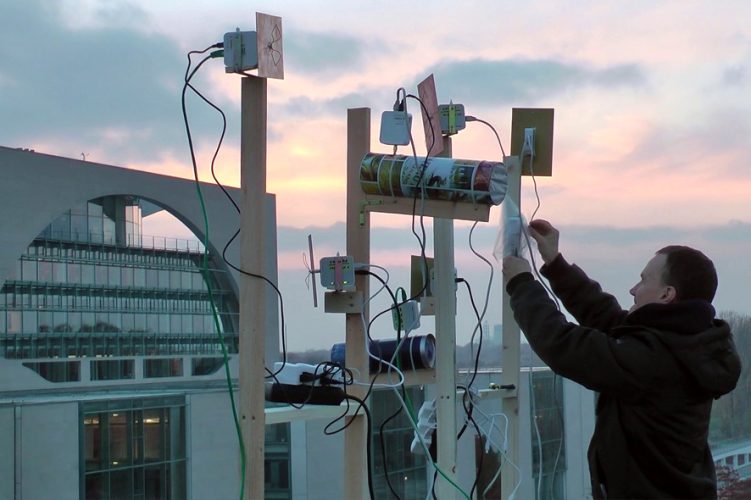
Hello spies, can you hear me?
“Can you hear me?” was a temporary network that artists Christoph Wachter and Mathias Jud set up above the rooftops of the German government district in Berlin to downright force intelligence agencies to listen in on what they and thousands of other people were saying. Besides getting the agents’ attention, the artists are also the…
-
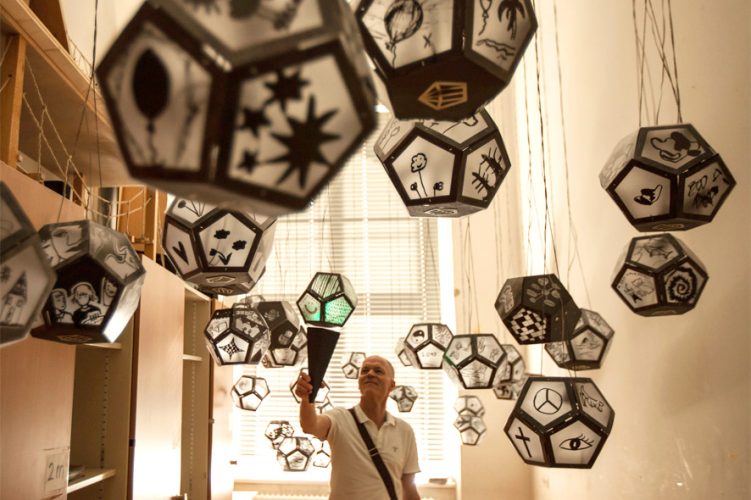
Express to impress: Square Talk wins at the IxD-Awards
At the Ars Electronica Festival in 2014, three participants in the Ars Electronica Futurelab Academy Programme presented SquareTalk. The project recently won the ‘expression’ category at the prestigious 2016 IXDA awards.
-
![[inter]national coverage – How international are media reports really?](https://ars.electronica.art/aeblog/files/2016/03/internationalcoverage_him-751x500.jpg)
[inter]national coverage – How international are media reports really?
TIME OUT.05 opens Wednesday, March 16, 2016 at 6:30 PM in the Ars Electronica Center. One of the students whose works are being showcased in the 5th exhibition in this series is Benedikt Reiter.
-
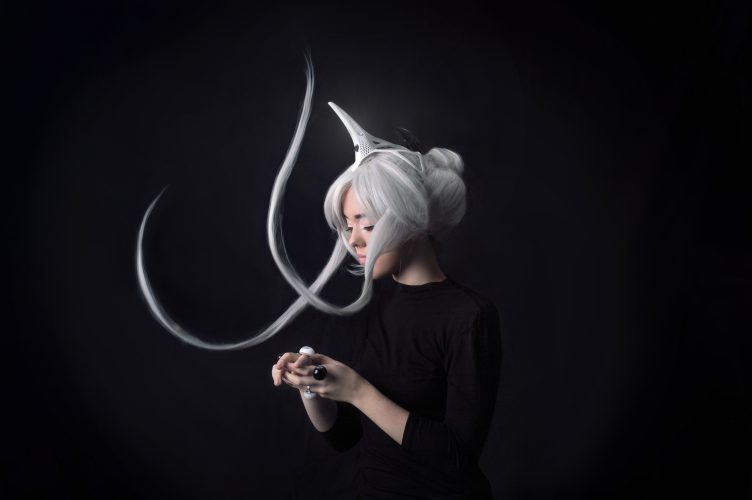
Agent Unicorn – The first SPARKS Residency Wearable by Anouk Wipprecht
The well-known Fashion-Tech Designer has worked the communication aspects of her apparel into an unicorn-shaped headset. During her stay at Futurelab she teamed up with a team of Neuroscientists and experts, creating an accessory that logs the wearer’s observations through EEG.
-

The Essential Challenge of Interactive Art
What does interactive actually mean? We touch something and then experience the upshot of that act? Or does interactivity already come about when we view an image? Victoria Vesna, a 2016 Prix Ars Electronica juror, talked to us about defining interactive art, and elaborated on something she learned about it from media artist Roy Ascott.
-
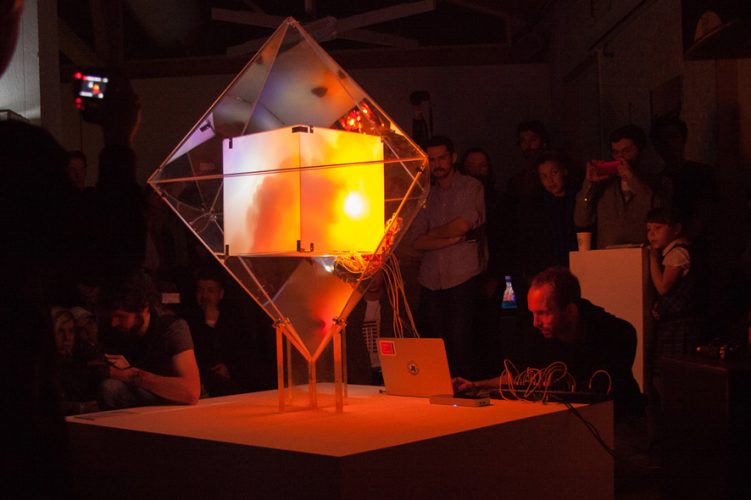
Crystall: Russian media art from the 1960s
With his light organ, the Russian artist Bulat Galeev has already experimented in the 1960s with the interplay of art and science. The musical instrument has now brought back to life by Natalia Fuchs, curator of the Polytech.Science.Art Week.
-
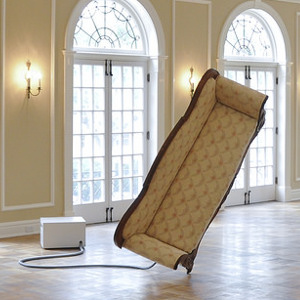
On Search for Balance
“Balance from Within” is the title of the installation by Jacob Tonski, with whom he won an award in the category Interactive Art at Prix Ars Electronica 2014. In this interview he tells us what it is all about the balancing sofa.
-

Interactive Art: In Search of Something New
Irini Papadimitriou and Michel van Dartel, two jurymemebers of the Prix Ars Electronica 2014, were in search of something new and exciting in the category Interactive Art. They told us in an interview how these search proceeded.
-
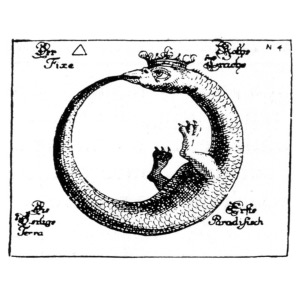
We interact with the universe
Enrique Rivera is one of the jurors at the Prix Ars Electronica 2014 for the category “Interactive Art”. We asked him what he understands by “interactivity” and whether people in Chile interact differently than people in Japan or Europe.